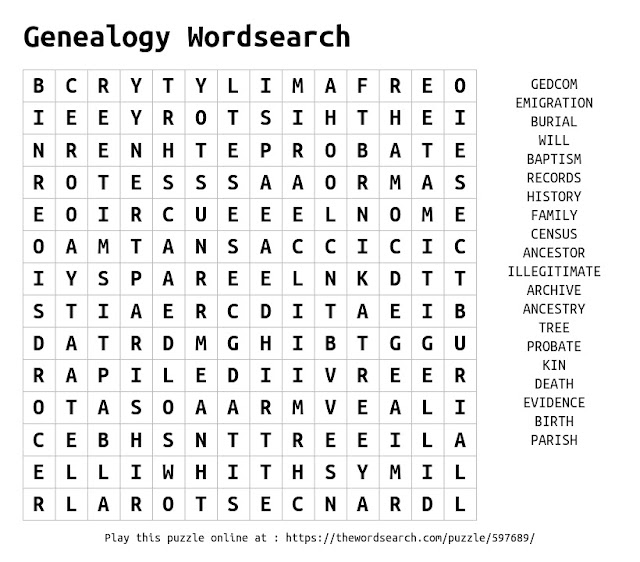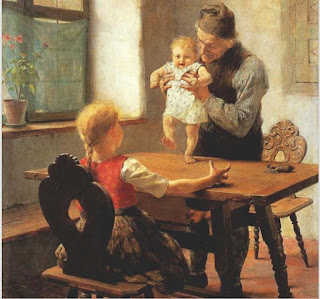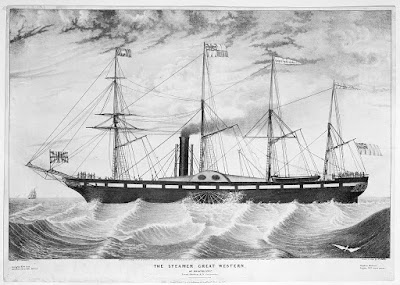I was reading an article the other day about Joanna of
Castile the sister of our Queen consort Catherine of Aragon. In the article was
a picture of her husband Philip the Handsome who reigned as King Philip I of
Castile and was also the Duke of Burgandy. Now the photo in my opinion didn’t
do the poor man justice.
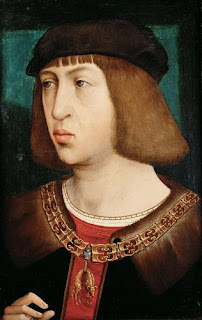 |
| Philip the Handsome |
This portrait was produced around 1500 when Philip was Duke
of Burgundy and around 22 years old.
This picture got me thinking how accurate were these
portrait of their sitters?
Well in truth we will never know. But is there a reason for
the way the pictures look.
Now I know nothing about art, I was useless at it at school
and I only exceled at stickmen. But is a picture’s quality just down to the
artist or does the tools they used have an influence on how good the picture
was.
Let me explain. In 1500 the quality of the canvas the artist
used would not be the same as more modern artists would use. In fact the
picture of Philip was painted on an oak board. Now surely this influenced how
the paint flowed on the wood. There are natural cracks and marks on the wood.
Would this mean the paint went to an extent where it wanted and so the picture
was less accurate?
The same is true of the quality of the paint. Oil based
paints these days will be much better than the oil paints of 1500. With the
development of manufacturing processes paints will be more consistent. Back in
1500 the paints would have been of a much lesser quality so did this mean that
they didn’t flow as well and thus made a lesser quality painting.
So did the development of the materials account for the
increased quality of artwork or did the talent of the artist increase?
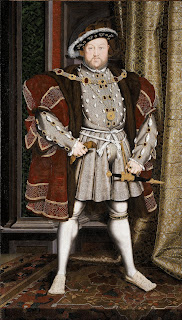 |
King Henry VIII by Hans Holbein
|
This picture of King Henry VIII was painted by Hans Holbein
the Younger around 1540, just 40 years after the picture of Philip the
Handsome. The quality of the picture thought is so much better and it is well
documented that this was a true likeness of the King. This is an oil painting
but was done on a canvas rather than wood.
So comparing the 2 picture you could say that the artist of
Philips picture was just not as good as Hans Holbein, but the since they are
not on the same canvas then that could make a difference. The only true way to
compare whether wood or canvas was best would have been for an artist to paint
the same portrait on both wood and canvas.
Also the cost of the painting would probably have an impact
on the quality. Henry VIII wasn’t known for scrimping on his spending so the
Holbein painting probably cost a great deal. Maybe Philip used a lesser known
artist would didn’t charge as much and so you could speculate that he used
lesser quality paints and this resulted in the above portrait.
If you think about it the same is true for with the
photographs of our ancestors. Early photos are of very stern looking people
with absolutely no character to them. This was due to the quality of the camera
and the long exposure needed. My camera can take a photo in 1/4000 of a second
so I can catch the image instantly and so smiles and movement can be captured.
So was Philip the Handsome portrait a true likeness of him
or not, we may never know but we can say that the quality of the artists
material may have had an impact on the final picture. Whether it was a true
likeness or not his wife Queen Joanna of Castile loved him dearly.
